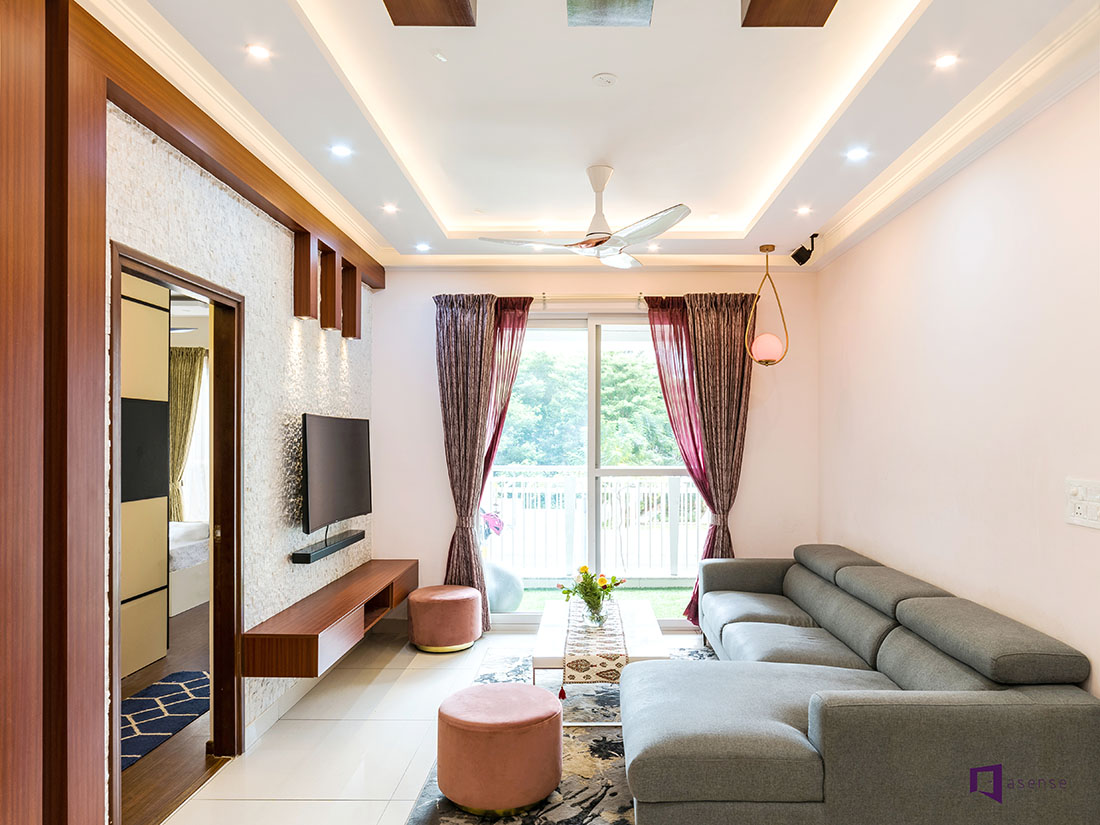Work with professionals in luxury interior design to craft a beautiful space.
Work with professionals in luxury interior design to craft a beautiful space.
Blog Article
Transform Your Home With Necessary Concepts of Interior Decoration and Aesthetics
By understanding the influence of color theory and the significance of appearance and patterns, one can produce areas that are not just visually attractive but additionally deeply personal. Achieving this stability involves even more than simple design; it encompasses a strategic plan and a keen understanding of how each component communicates within a space.
Recognizing Shade Concept
Color concept is a fundamental facet of interior decoration that substantially influences state of mind, understanding, and overall visual. Understanding the principles of color theory permits designers to develop spaces that resonate emotionally with passengers while fulfilling useful requirements (miami interior design). Colors can be categorized into three key types: main, second, and tertiary. Each classification plays an essential duty in establishing harmony within a room.
The emotional effect of shades is extensive; cozy tones such as reds and oranges evoke power and heat, while awesome tones like blues and eco-friendlies advertise peace and peace. The usage of corresponding shades enhances visual passion, creating striking contrasts that can elevate a room's appeal.
Neutral shades, on the other hand, function as a versatile backdrop, allowing other design aspects to radiate. It is important to think about aspects such as illumination and the space's purpose when selecting a color palette, as these can alter the assumption of shades throughout the day.
Inevitably, a well-considered color design can change an area, promoting a sense of comfort and design that straightens with the citizens' choices. Mastery of color concept is, consequently, a crucial ability for any type of interior developer intending to produce harmonious and inviting environments.
Attaining Equilibrium in Style
How can developers attain a feeling of equilibrium in their areas? Achieving equilibrium in design is basic to developing harmonious insides.
Unbalanced balance, on the various other hand, counts on differing components that still achieve a natural look. This technique permits more vibrant and casual arrangements, supplying interest while preserving stability. By carefully choosing differing sizes, shades, and appearances, designers can produce a visually engaging space that feels well balanced yet energised.
Radial equilibrium highlights a main centerpiece with elements radiating external. This style is generally seen in circular designs, where furnishings and decor produce a natural surround that attracts the eye internal.
Ultimately, accomplishing equilibrium calls for thoughtful factor to consider of scale, proportion, and the partnerships in between aspects. miami luxury interior design. By skillfully applying these balance concepts, developers can change rooms into environments that feel both visually pleasing and functionally unified, enhancing the total experience for residents
Significance of Spatial Awareness

A keen sense of spatial understanding enables designers to recognize centerpieces within an area, leading the viewer's interest Our site to essential functions while preserving a general feeling of unity. It likewise aids in the tactical placement of illumination, which can considerably affect the assumption of area and state of mind. Comprehending spatial partnerships enables the designer to provide to the certain needs of inhabitants, ensuring that each location offers its intended function without endangering aesthetic appeals.
Eventually, spatial recognition is essential for optimizing the capacity of any indoor space. By thoroughly taking into consideration the interaction between measurements, layout, and feature, designers can create settings that not only meet functional requirements yet likewise stimulate a sense of convenience and charm, enhancing the general living experience.
Incorporating Structure and Patterns
Accepting a diverse variety of textures and patterns can substantially enhance the aesthetic and responsive allure of an interior room. The tactical usage of various products-- such as timber, metal, textile, and stone-- develops depth and rate of interest, making an area feel a lot more welcoming and dynamic. For circumstances, combining smooth surfaces with harsh textures can establish an equilibrium that attracts the eye and engages the detects.
When incorporating patterns, think about both range and rep. Large patterns can function as centerpieces, while smaller sized, subtle styles can match various other elements without frustrating the room. Layering patterns, such as pairing floral cushions with striped tosses, includes intricacy and a feeling of consistency if executed thoughtfully.
It is likewise important to preserve a cohesive color scheme, making certain that appearances and patterns function together rather than compete for interest. By choosing a few key appearances and patterns, you can develop a merged aesthetic that mirrors your individual style while enhancing the total setting of the space. Ultimately, the mindful incorporation of these elements can change a mundane space right into an advanced environment abundant with personality and warmth.
Personalizing Your Area
Creating a space that shows your individuality is important to achieving an absolutely inviting environment. Customization in interior decoration permits you to infuse your unique design and interests right More about the author into your home, transforming it from a mere sanctuary into a shelter that talks with who you are. Begin by picking a color combination that resonates with your feelings-- bold tones can energize, while soft tones supply serenity.
Include art work and decoration that mirror your enthusiasms, whether it be traveling, nature, or abstract concepts. Presenting personal collections, such as books, pictures, or keepsakes, can evoke treasured memories and create focal points within an area. In addition, consider personalizing useful pieces, like upholstered furnishings, to straighten with your aesthetic preferences.

Conclusion
Finally, read the makeover of a home through the necessary concepts of interior layout and looks demands a comprehensive understanding of color concept, equilibrium, spatial recognition, appearance, and personalization. Each aspect contributes dramatically to creating a harmonious and functional living atmosphere - miami luxury interior design. By attentively integrating these principles, individuals can enhance the visual appeal and emotional resonance of their rooms, eventually cultivating a home that mirrors one-of-a-kind identifications while giving convenience and usefulness
Report this page